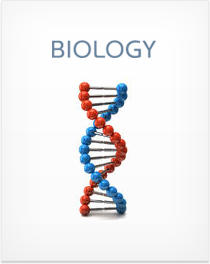The Musculoskeletal and Nervous Systems
This section covers the following topics
- Neurons
- Action potentials
- Parts of the nervous system
- Sensory receptors
- Muscle cells and types of muscle
- The skeleton
Section Summary
The nervous system is made up of individual cells called neurons, which contain dendrites, axons and terminal branches. Messages are sent through the nervous system via a sequential change in polarization of the axon membrane or action potential. The strength of a stimulus is communicated by the frequency of action potentials, as no individual impulse is “stronger” than another. The speed with which an action potential travels is increased by the presence of the Schwann cells that form a myelin sheath. These cells only allow for changes in membrane polarity at nodes of ranvier. Different neurons interact at synapses, where neurotransmitters such as acetocholine are released to continue the passage of an action potential. Sensory neurons receive outside stimuli, which they communicate to the interneurons of the central nervous system. These messages are finally passed to motor neurons, which trigger bodily responses.
The nervous system as a whole is broken down into the central nervous system and peripheral nervous system. The peripheral nervous system contains the somatic and autonomic, as well as sympathetic and parasympathetic, branches of the nervous system. The cerebrum, cerebellum, brain stem, corpus callosum, hypothalamus, thalamus and midbrain are all different parts of the brain itself.
Sensory receptors receive stimuli from the outside world. Mechanical, chemical, electromagnetic, thermo and pain receptors are all responsible for collecting different types of stimuli.
Individual muscles cells contain multiple myofibrils, which themselves are composed of contractile units or sacromeres. Muscle contraction occurs when a protein called myosin pulls actin filaments closer to each other. Muscles can be skeletal, smooth or cardiac, and can contain striations.
Different types of... Sign up to continue reading The Musculoskeletal and Nervous Systems >
